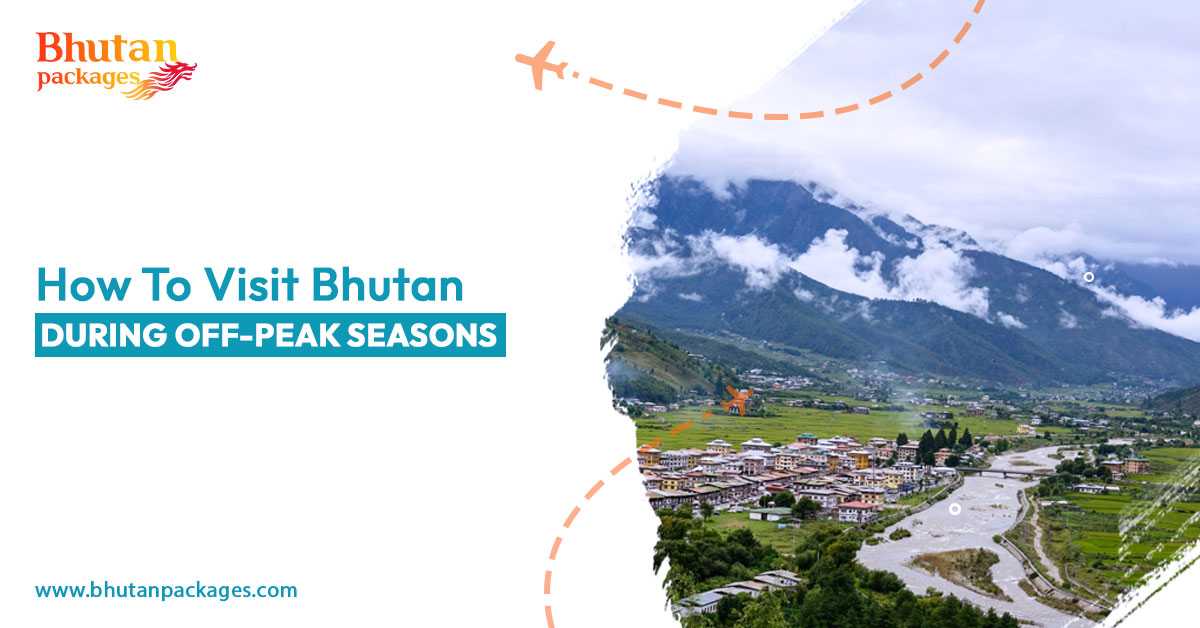You can reserve a package for a family tour in Bhutan and take part in a variety of sports if you are traveling there with your family. But when the family is around, you need to be particularly careful about what kind of high-altitude sport is appropriate for each member's age and level of fitness. It is important to remember that not everyone is suited for high-altitude activities in Bhutan's Himalayan region. Contrary to popular belief, altitude sickness is more prevalent here. After being exposed to high elevation, everyone else experiences the symptoms of altitude sickness, particularly at greater elevations of about 18,000 feet.
This happens very fast without the climber having to prepare for it. Normally, the body slowly adjusts to the oxygen level but it is not easy for everyone. The higher you climb, the lower the air pressure gets, and so does the level of oxygen. This sudden lack of oxygen doesn’t prepare the body to adjust accordingly and makes the person almost breathless.
The beauty of mountains is not something anyone can ignore, however not everybody is suitable for higher altitudes. In case you or your loved ones have a history of altitude sickness, it becomes crucial to not disregard the symptoms and be prepared with our tips here.
1.Gradual Ascent
One most important and helpful tips for high-altitude sickness is by climbing slowly. Going up slowly will allow the body to acclimate to the changes. You should pause and take a break if you believe you are experiencing the signs of altitude sickness. It's much better if you can descend if your symptoms don't go away. There's a good probability your illness will subside once you return to a lower elevation. When traveling, make a few stopping points before you complete your journey. Best if your family tour in Bhutan packages has a planned climbing routine that is set in intervals based on each body's comfort.
2.Stay Hydrated
Keep yourself hydrated throughout the climbing. Water can immensely help in relieving the symptoms of high-altitude sickness. As you climb up, the humidity gets low along with the rise in respiration rates, and this causes dehydration and overall loss of fluid from the body. It is advisable to drink water every once in a while, even if you don't feel thirsty. However, avoid too much water intake because it can cause issues by lowering the sodium level in the body. Drink plain water to help the circulation of oxygen.
3.Eat Light
Eating plays an important role in avoiding the harsh symptoms of high altitude sickness. A well-balanced meal with enough calories, carbs, proteins, or fats in your diet will help your body to adapt to the surroundings. In high altitudes, calories burn very fast, so if you don't want to feel tired and become a weak target for high-altitude sickness, then enough calories is a must. Don't forget carbohydrates. They play an important role, thanks to their immediate giving nature of energy and help in transporting oxygen throughout the body.
4.Rest and Sleep
If possible try to climb at day and return back to the lower altitude to sleep at night. Sleeping at a high altitude is not easy. Due to a lack of oxygen, you might sense shallow breathing and disruption in oxygen supply a few times. This will lead to very bad sleep with occasional feelings of suffocation.
During your climbing, make sure you are giving your body enough rest to help in adjusting to the higher altitude. You can cut the total journey into a few parts, with each part for resting time. This will make it easier for you to move upward without feeling too much suffocated. This rest will slow down your climbing speed, helping you to reach the higher altitudes in better condition.
5.Avoid Alcohol or Smoking
As might be tempting to enjoy a sip of alcohol at a high altitude whether for keeping warm or for fun, you should be aware that doing so will not help you in any way. In the high altitudes, drinking alcohol or smoking can make your symptoms of high-altitude sickness worse. If necessary, allow your body to first adjust around 48 hours before you take the risk.
6.Medication
Keep your medicines with yourself. If you have a history of altitude sickness, make sure to talk with your doctor who can recommend the right means to control your situation. You should also check, if your body is suitable for high-altitude climbing before you go for it. But know that even with medicines, the chances of facing high altitude sickness don't go away. In case the symptoms keep persisting, you can get yourself to lower latitude to feel better.
7.Listen to Your Body
Does your body have what it takes to reach higher? Otherwise, you should stay away from it, or you can ask your doctor for assistance. You should take measures if you have a history of altitude sickness, but even if you don't, you could still have it this time. To prevent risky circumstances, the right procedures should be followed. Before doing anything, see your healthcare practitioner if you have any medical conditions, such as diabetes, breathing difficulties, or heart issues. The consequences of high altitude sickness are likely to intensify under these circumstances.
Category of Altitude Sickness
Altitude sickness has its types and levels. Brain swelling, coma, and lung fluid are several complications of the sickness. Once they reach the last step, the changes can be life-threatening:
AMS: Acute Mountain Sickness(AMS) is most normal to occur. This altitude sickness is recognised by the feeling of intoxication, higher the person climbs.
HACE: High Altitude Cerebral Edema or HACE is one level more dangerous than Acute Mountain Sickness. Once AMS is not treated properly or it persists without recovering then the person's brain will begin to swell and there will be a stop in normal functioning.
HAPE: High-altitude Pulmonary Edema or HAPE, is the worst case of altitude sickness. It is not just a sickness at this point. The person will have excess fluid building in their lunges and lunges won't work properly which will make the person breathless. During this period severe cough and weakness will be the symptoms. This phase is dangerous and life-threatening.
Recognize the Signs of Altitude Sickness
If you have already faced the condition of high altitude sickness, it's not hard to recognize it again, however, if you are someone who is climbing or flying at higher altitude for the first time or have never faced high altitude sickness, refer to these signs to check if what you are facing is the symptoms of altitude sickness:
Mild symptoms are headache, nausea, increase in heart rate, dizziness, sleeping while feeling suffocated, feeling tired, breathing difficulties, loss of appetite, throwing up. You will not feel good overall. These are Acute Mountain Sickness or AMS and are the most common category of altitude sickness.
Complicated symptoms of high altitude sickness are Tightness of the chest, coughing nonstop, feeling intoxicated and Brain not functioning well, color changes in skin like becoming pale, blue, grey, feeling faint, coma, etc.
These severe symptoms when not treated in time can be life-threatening. These mostly fall in the category of High-altitude Cerebral Edema or HACE and High-altitude Pulmonary Edema or HAPE.
There is always the chance of having altitude sickness but with these tips, you can avoid severe conditions from originating. One way to get ready for going higher altitude is to get your body fit for the impact. Even the strongest people can be broken by the hard conditions of high altitude, but immunity can be developed with consistent strength, endurance, and stamina training. The oxygen level and how your body responds and adapts to it still have a role. Seek assistance with hiking or cardio.
Conclusion
The altitude sickness is something that can't be avoided easily but with proper care and following these tips, you can better your performance at higher altitudes. In case you are traveling to Bhutan, you can book a package for a family tour in Bhutan and enjoy its different activities including high-altitude sports. Do not forget to take precautions and start by climbing low and rest occasionally to avoid sudden attacks of altitude sickness.
Comments (0)





